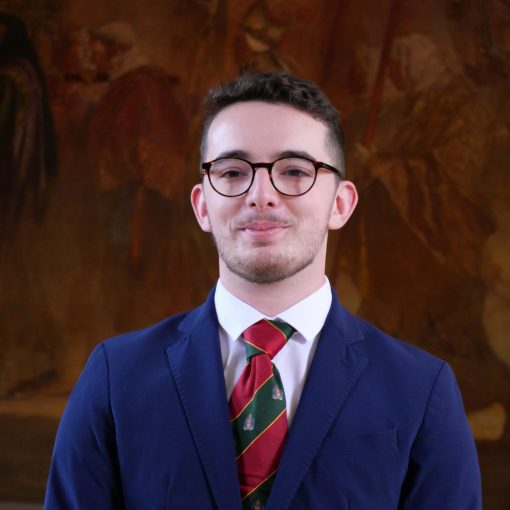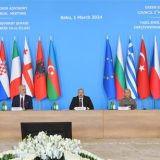“I started my career at a special time in history. The country I was born and raised in was gone, but this new country was not yet fully created. The former gave me an excellent education, and the latter gave me the opportunity to succeed“[1].
This statement by the oligarch Oleg Deripaska in an interview with the Bloomberg newspaper is the most original and elegant introduction to our topic.
Indeed, this article is a small sample of a much larger research work. Here we will discuss the evolution of the concept of the oligarch in the Russian socio-cultural context of the post-USSR era. The most coherent chronological framework for our research is the period 1990′-2014.
The research focus is on the origin and acceleration of the process of state capture during the “loan for shares” (zalogovye) auctions. We also address the so-called “šaščlyk agreement” known as the “reciprocal distancing agreement” introduced by Vladimir Putin in the 2000s that affirms the “predatory state” in order to arrive at a coherent historical-political analysis of the Russian context.
Our hobbyhorse is therefore to explain concretely who the oligarchs are, where they come from, how they built and structured their powers, and finally how they took the turn of the 21st century (synonymous in Russia with the affirmation of the strong figure of Vladimir Putin and the predatory State).
The oligarch, or at least the one who will be called so many years later, emerges from a singular context. The emergence of the oligarch in our context is therefore the result of a “windfall” accurately described by the journalist Andrey Kinyakin: “the liberation of the economy in the form of massive privatizations under Boris Yeltsin resulted in the emergence and establishment of a Russian economic elite: the Oligarchy“[2].
Once in power, President Boris Yeltsin initiated a gradual process of privatization of the Russian economy. At that time, it was a question of dismembering the former Soviet giant in order to liberalize the economy and to be able to enter fully into a market economy. The liberalization was very expensive, added to the credits granted by the central bank, the inflation of the country was higher than 100% per year. Nevertheless, during this period, the government kept the course of privatization. Since 1992, the state has been selling off small and medium-sized businesses in a process of mass privatization to prevent them from falling into the hands of foreign investors at rock-bottom prices.
These economic strategies put in place by the government have quickly brought out of the woodwork strong individuals who anticipate the tremendous opportunity that the privatization of the Russian economy represents in order to capture a part of the state power.
From a desire to acquire financial security at low cost through the opportunity of privatization, the future oligarchs are gradually achieving a real economic capture of the State. The affirmation of this process of capture “took place between 1993 and 1995, during auctions called ‘loans against shares’. Organized as part of the privatization program, they were also intended to make up for the deficits in the federal budget“[3]. These “zalogovye” auctions (which follow on from mass privatizations) were aimed at pawning large companies against funds to balance the national economy while the latter restructured and repaid its loans, in order to recover its companies. To illustrate our point, we can take the concrete example of Oleg Deripaska.
As Cédric Durand illustrates in his case study on the Russian metallurgy industry, “privatizations have taken place in ways that have led to massive expropriation of the population and offered certain actors the opportunity to acquire property titles at a lower cost {and} created the conditions for the development of predatory practices leading to the constitution of colossal private fortunes“[4]. To put this in perspective, we can note that in 2002, Oleg Deripaska controlled about 70% of Russian aluminum production through his company Russkij Aliuminij.
At the end of the “loans for shares” auction, the capture of the state (at least in economic terms) is undeniable. The speed of the reforms, especially privatization, took precedence over the quality of the reforms, due to the desire of the reforming politicians to make the measures irreversible and avoid a return to the Soviet model. One of the most striking examples of individuals who used the opportunity of state privatization to assert themselves as what we now call “oligarchs” is Mikhail Khodorkovsky. The latter is the very illustration of individuals who, in the aftermath of Soviet rule, were able to use their skills and intelligence to seize the opportunities offered by the situation, not only to create a financial fortune but also to impose themselves as a real political force.
Vous devez souscrire à un abonnement EurasiaPeace pour avoir accès au contenu - Prendre votre abonnement






